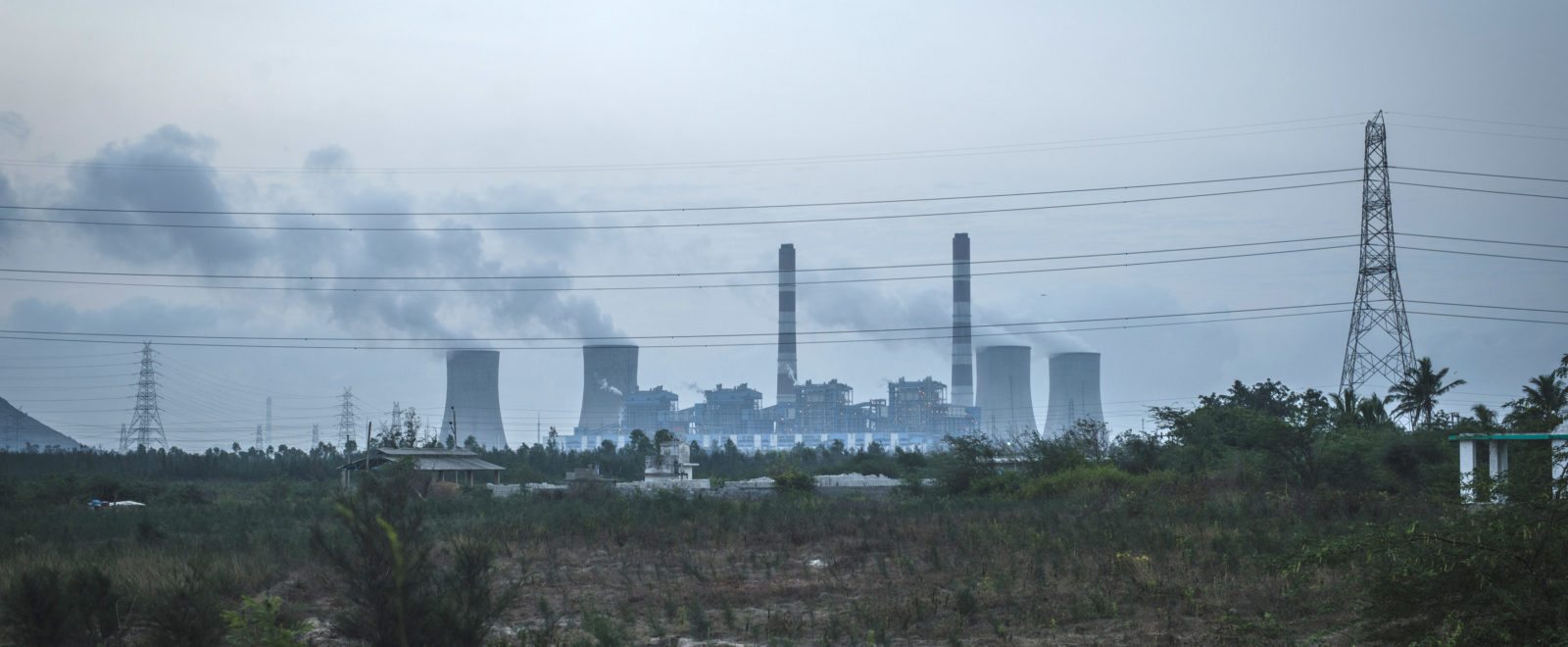In just a few weeks, young people around the world will lead massive school strikes, walkouts, and protests on September 20 to demand real action on climate. The following Monday, world leaders will descend on New York for another United Nations Climate Summit.
My colleagues and I will be at both of these, and a number of events around the world this month, to keep up the pressure for climate action. But as we mobilize people in Nigeria and Bangladesh to pressure their governments, we also recognize that the real responsibility for solving this crisis doesn’t lie in those countries – it lies with rich countries like the U.S.
We know intuitively that a country like the U.S. should be doing more to solve climate change than a country like Senegal or Thailand. But what about countries like China and India? For three decades, U.S. politicians have been saying that it’s “not fair” for us to take action on climate if China, with its increasing greenhouse gas emissions, doesn’t do the same.
There are two problems with this framing. First, climate action shouldn’t exclusively be seen as a burden or a cost. It’s clear that the potential benefits of really ambitious climate policies are massive. For example, supporting communities to control their own production and use of renewable energy brings about huge economic and social as well as environmental and climate benefits.
Second, even compared to countries like China and India, the U.S. and the rest of the so-called “developed countries” (Europe, Canada, Australia, Japan) still have much greater responsibility for causing the climate crisis, and thus for solving it. There are ways to quantify this responsibility and come up with exact numbers for what each country in the world should be doing – their “fair share” of climate action.
A Fair Shares Approach
When countries came together to create the Paris Agreement in 2015, they made voluntary pledges at the UN, basically saying what kind of climate action they were willing to undertake. ActionAid and other civil society groups urged countries or the UN to evaluate these national pledges based on two things: first, whether they were sufficient to actually stop climate change; and second, whether they were fair relative to each other.
It turned out that governments were willing to do the first. The UN has issued a few reports showing how the Paris pledges were completely inadequate to the task at hand. But they wanted nothing to do with the second. No powerful government was interested in having its pledge compared to other countries’.
Not willing to wait for governments to change their minds, we did the analysis of how fair country pledges were, relative to each other. The result was the Civil Society Equity Review of the Paris pledges – and it immediately showed why powerful governments were so unwilling to sponsor any kind of analysis like it. Not a single rich country’s pledge came close to what it should have been based on our calculation of its “fair share.” The U.S. pledge – under the Obama administration, remember – was a pathetic one-sixth of what it should have been.
Since 2015, we’ve been updating our report every year and the results haven’t changed. If anything, things look even worse now for the rich countries, after an additional four years of inaction. The good news is that this understanding of the particular leadership role that countries like the U.S. need to play is finally starting to make its way into concrete policy proposals. Most prominently, Bernie Sanders’ Green New Deal plan explicitly sets “meeting or exceeding our fair share of global emissions reductions” as a goal and commits to the combination of domestic action, climate finance and technology transfer needed to make it happen.
U.S. Climate Policy is Global Climate Policy
The climate crisis is a global problem that requires a global solution – but there are specific countries that have done far more to cause the problem and therefore have a far larger responsibility for fixing it. Those countries – like the U.S. – must do everything they can to implement solutions. This means cutting their own climate pollution. It also means supporting poorer countries to reduce emissions by funding climate action and sharing technology.
So we need U.S. climate policy to take on the ambition of the Green New Deal – going well beyond the sadly inadequate pledge we put forward for the Paris Agreement. By recognizing our responsibility for the climate crisis, we can set the tone for massively ambitious climate action around the world.
Only then will we have a realistic shot at meeting the Paris Agreement goals. Only then can we limit the damage of the climate crisis to survivable levels.



